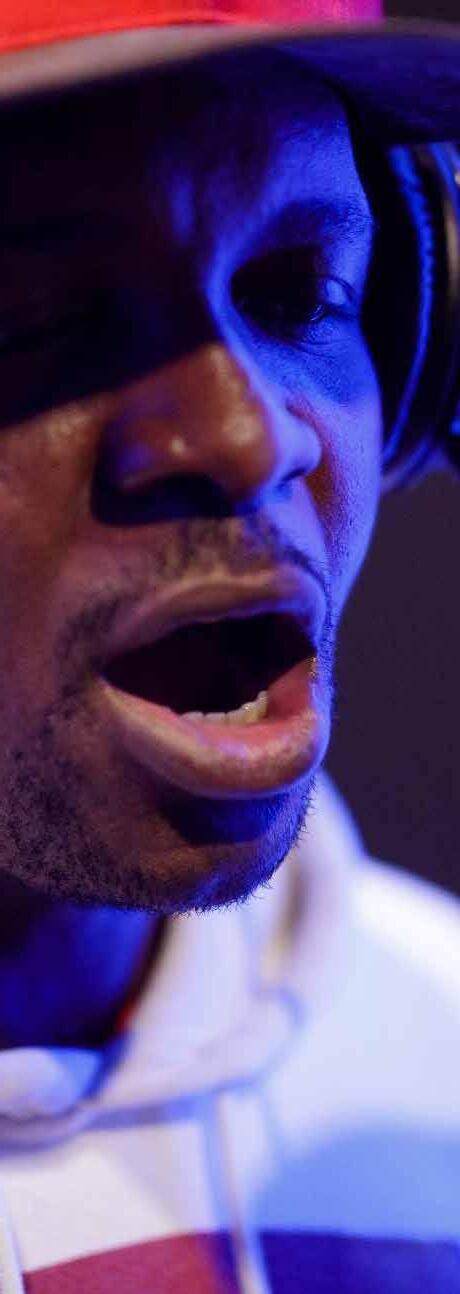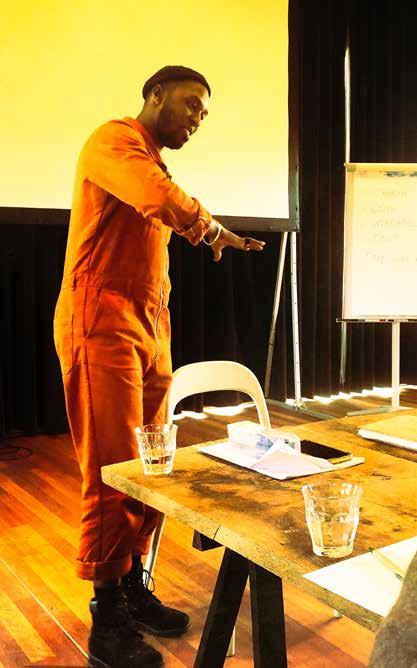
7 minute read
INTRODUCTION
from GUTS Manual
by Ed Santman
Arts programs, music in particular, have a long history in justice systems as tools for rehabilitation.
“The arts can play an important part in changing individual, institutional and social circumstances which sponsor criminal behaviour” (Doing the arts Justice, p. 9. Hughes 2005) as Hughes elaborates:
Advertisement
The arts have the capacity and potential to offer a range of innovative, theory-informed and practical approaches that can enhance and extend provision of educational, developmentaland therapeutic programs across the criminal justice sector.
Those in favour of art programs in prisons have strong allies. The United Nations declaration on the Standard Minimum Rules for the Treatment of Prisoners asserts that “recreational and cultural activities shall be provided in all institutions for the benefit of the mental and physical health of prisoners” (United Nations, 1977). Likewise, the recommendations of the Council of Europe declare: ”Creative and cultural activities should be given a significant role because these activities have particular potential to enable prisoners to develop and express themselves”.
GUTS is a project supported by the Erasmus+ program of the European Union. The project aims to develop a method that will help to reduce reoffending under young offenders. We want to help them to set targets for their future and hand them tools to become better and more active citizens.
The basic idea of the project is simple, rap music and storytelling is used as a tool to communicate with the target group and used as a language for to formulate their ideas and goals.
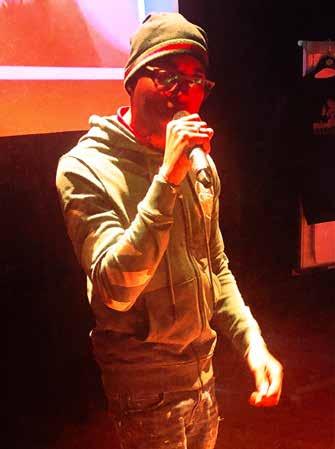
The partners are:
- Jessheim Prison, Norway
- Changes & Changes, The Netherlands
- Steps, Italy
- Il Faro, Italy
- Form 2 You, Portugal
- De Rode Antraciet, Belgium www.gutsproject.eu

Why Arts Matter In A Prison Setting
Many positive things can be said about the arts in a prison setting:
- The arts create spaces for inmates to see each other differently.
- The arts provide the opportunity to affect others for good.
- For prisoners, the arts open doors into all aspects of life and unlock potential and ability to enter these; in relationships, self-confidence, education, training, creativity, employment, etc.
- The arts can build relationships and communities; on the wing and in prison as a whole; with families…and with the outside community.
- The arts enable recognition of hidden skills and talents and enable healing.
An American inmate in Sing Sing prison once reflected:
“As useful as the tangible objects made available to myself through this workshop have been, they are just a small fraction of the equation that has made such a profound impact on not only my musical journey, but on my life as a whole. Music has played no small part in helping me turn a dark period in my life into an opportunity to recognize my identity and my dreams”.
- Involve the staff in what you are doing.
- Guards are crucial, try to inform an involve them.
- Be flexible, adapt, you cannot prepare everything.
- Talk with your colleagues, find solutions together, evaluate yourself and with colleagues and inmates (this is important). Remember our basic approach is “If it is about them, not without them”.
- You need to be motivated for a successful project.
- Inmates need to be informed about the workshop they will follow.
- Be curious about them as learners.
- Try to create a project that makes a connection between the inside and the outside world.
- Ask questions when they don’t come.
- Look for content that is applicable to their lives.
In an art project the inmates have to take control again and make their own decisions, which is unusual in a system where everything is arranged for you all day and where you have to follow strict rules most of the time. Through invitations to participate and engage, the arts offer offenders a range of interactions that are different from the routine of prison life. Creative engagement also provides the opportunity to acquire new skills in an art discipline. Making creative efforts can also require reflective thinking from those in a corrections environment, a critical capacity for individuals who might be in prison because of their impulsive actions. The power of the arts in correctional settings may also be, that successful creative endeavor requires not only craft but also creative thinking, reflective thinking and even structure. Observers and evaluators of prison-based arts programs describe the potential of arts experiences to liberate individuals from the negative role of offender, allowing them to discover another ‘creative self’ which can improve their self-esteem. Thus, in a world where the idioms of crime and punishment, sentence and constraint, dominate, the arts are often a rare experience of respite and even a feeling of freedom.
Traps And Dangers
- Never make promises you can’t keep.
- Aways be authentic.
- Don’t put yourself above the inmates.
- If you know the story of a present prisoner it can change your approach.
- You need training to deal with prisoners with mental issues.
The Power Of The Arts
f juvenile justice systems are developing their programs with youth development and rehabilitation in mind, one of their major responsibilities will be helping young people to learn and change — emotionally, socially, academically, and interpersonally. Hence, it is vital to know if arts programs could have such effects on young people in correctional settings. Arts experiences may be very helpful to the needs of adolescents. Arts experiences can offer incarcerated youth valuable opportunities to exercise important tools like decision-making and reflective thinking. The arts can also create a feeling of ownership in an environment that is most of the time focused on the removal of choice and responsibility. These programs could offer important learning opportunities where risks are positive, life-affirming, and safe, and provide the feeling of success linked with purposeful activity (Hughes, 2005). Since, in the context of arts programs, young people’s limited educational histories, as well as their mental health needs, do not preclude participation, these programs are an opportunity to escape from prior experiences with failure and exclusion.
Trainers and musicians who teach these programs possibly can also become role models for the inmates they are working with. They can provide a connection to the real world offering them positive attention and recognition.
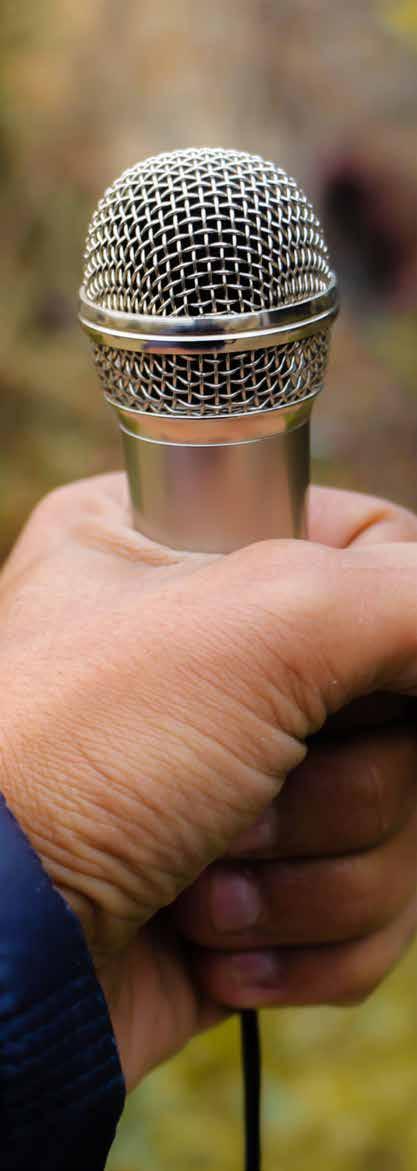
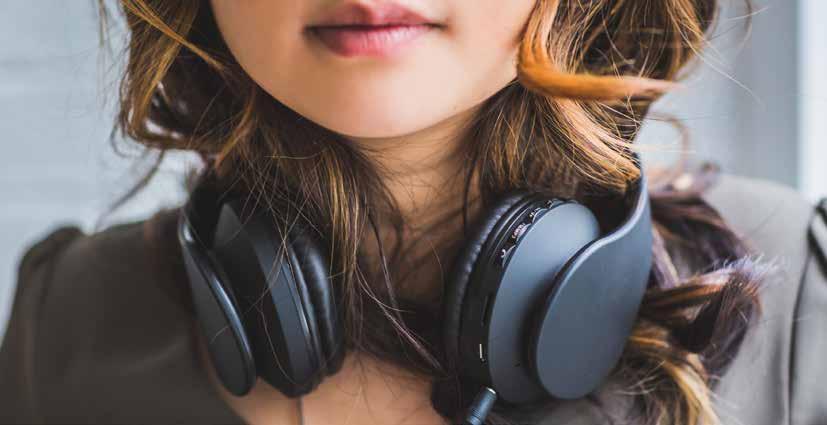
It has to be said that in a prison a participatory art activity may also matter because of what it is not. The arts “offer a non-traditional, non-institutional, social and emotional environment; a non-judgmental and un-authoritarian model of engagement” (Baker & Homan, 2007, p.11).


Be aware of the context in which you are teaching, and be sensitive to the unique challenges and constraints that come with working in a prison setting.
The fact that artists and arts and cultural organizations are neutral agents within the potentially oppositional world of the justice system often makes them welcome and trusted visitors and teachers.
WHY?
Where To Start
- Emotional expression: Rap music can be a powerful tool for expressing emotions and experiences, which can be particularly beneficial for individuals in prison who may be dealing with trauma or difficult emotions.
- Creativity and self-expression: Rap music can also provide an outlet for creativity and self-expression, which can be important for individuals in prison who may be dealing with feelings of isolation or disconnection.

- Therapeutic value: Some studies have uggested that listening to or creating rap music can have therapeutic benefits, such as reducing stress, anxiety, and depression.

- Rehabilitation and reintegration: Participating in rap music programs can also help individuals in prison develop skills that can be useful in rehabilitation and reintegration into society, such as communication, teamwork, and time management.
- Cultural connection: Rap music can also provide a connection to one’s culture and community, which can be important for individuals in prison who may be disconnected from their families and communities.
In an art project the inmates have to take control again and make their own decisions, which is unusual in a system where everything is arranged for you all day and where you have to follow strict rules most of the time. Through invitations to participate and engage, the arts offer offenders a range of interactions that are different from the routine of prison life. Creative engagement also provides the opportunity to acquire new skills in an art discipline. Making creative efforts can also require reflective thinking from those in a corrections environment, a critical capacity for individuals who might be in prison because of their impulsive actions.
The power of the arts in correctional settings may also be, that successful creative endeavor requires not only craft but also creative thinking, reflective thinking and even structure. Observers and evaluators of prison-based arts programs describe the potential of arts experiences to liberate individuals from the negative role of offender, allowing them to discover another ‘creative self’ which can improve their self-esteem. Thus, in a world where the idioms of crime and punishment, sentence and constraint, dominate, the arts are often a rare experience of respite and even a feeling of freedom.
Benefits
Working with rap music in prisons can be a valuable tool for promoting emotional expression, creativity, and rehabilitation, as well as helping individuals to connect with their culture and communities.

Working With Inmates
When teaching inmates, it’s important to keep several things in mind:
- Respect the individual: Each person has their own unique background, experiences, and challenges. It’s important to respect their individuality and to avoid making assumptions about them.
- Create a safe and supportive environment: It’s important to create a safe and supportive environment where the inmates feel comfortable to participate, express themselves, and learn. This can be achieved by establishing clear rules and boundaries, and by creating a culture of mutual respect.
- Be aware of trauma: Many inmates have experienced trauma in their lives, and it’s important to be aware of this and to create an environment that is sensitive to their needs. This may include providing a space where they can talk about their experiences, or providing resources for coping with trauma.
REMEMBER...
A well-structured rap music course in prison should be comprehensive, include experienced instructors, provide necessary equipment, create a safe and supportive environment, have opportunities for performance and incorporate rehabilitation and reintegration goals, while also being evaluated.
Sometimes A Difficult Setting To Work
- Encourage and motivate the inmates to participate and to take an active role in their own learning. This can be achieved by giving them positive feedback and recognition for their efforts, and by providing them with opportunities to take on leadership roles.
- Be flexible: Be flexible and adaptable in your teaching style, and be willing to adjust your approach if something isn’t working. Be open to feedback and willing to make changes as needed.
- Incorporate rehabilitation and reintegration goals: Incorporate goals related to rehabilitation and reintegration into society, such as developing communication, teamwork, and time management skills.


- Be aware of the context in which you are teaching, and be sensitive to the unique challenges and constraints that come with working in a prison setting.
- Be aware of the rules and regulations: Be aware of the rules and regulations of the prison, and ensure that you are following them at all.
A well-structured rap music course in prison should be comprehensive, include experienced instructors, provide necessary equipment, create a safe and supportive environment.
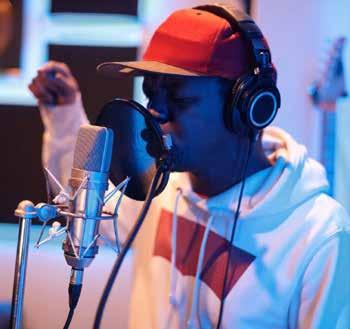
Try to incorporate opportunities for a performance.
